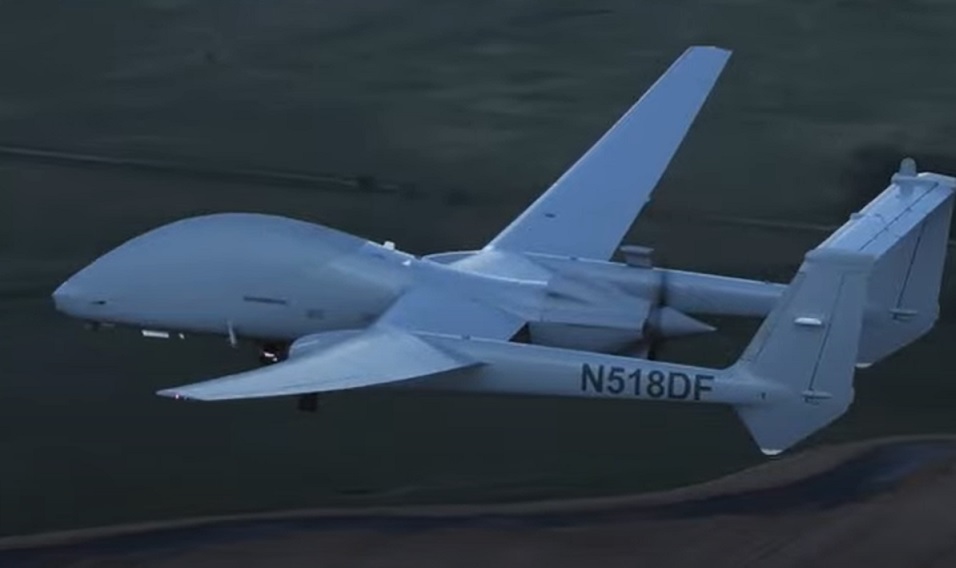This post is also available in:
 עברית (Hebrew)
עברית (Hebrew)
Firebird multi-sensor aircraft, developed by Northrop Grumman, showcased the versatility of the optionally-manned autonomous system as it flew to various locations across the United States last month.
Firebird is a medium altitude long endurance unmanned aircraft system (UAS) that is designed for flexibility and affordability. Customers can install new payloads in as little as one day, and swap payloads in 30 minutes making the system suitable for numerous domains and missions.
The ability of Firebird to be flown manned through national airspace is a demonstration of its unique operational flexibility for self-deployment and its rapid relocation ability to adapt to specific user needs and operational requirements.
The company flew Firebird almost 9,000 miles around the US with several stops.
The flight reflected the aircraft’s ability to position the system in a manned configuration, then convert to autonomous operations for persistent ISR in under two hours, according to the company’s announcement. “At each stop, plane-side briefings provided customers the opportunity to see first-hand the operational versatility of the platform, its large sensor bay, and rapid configurability for changing mission needs.”
The flights concluded in Key West, Florida where the team conducted a series of manned maritime operational events that included a four-sensor package containing two high-definition EO/IR sensors; a maritime configured multi-spectral sensor for small target detection; and an AIS receiver.


























